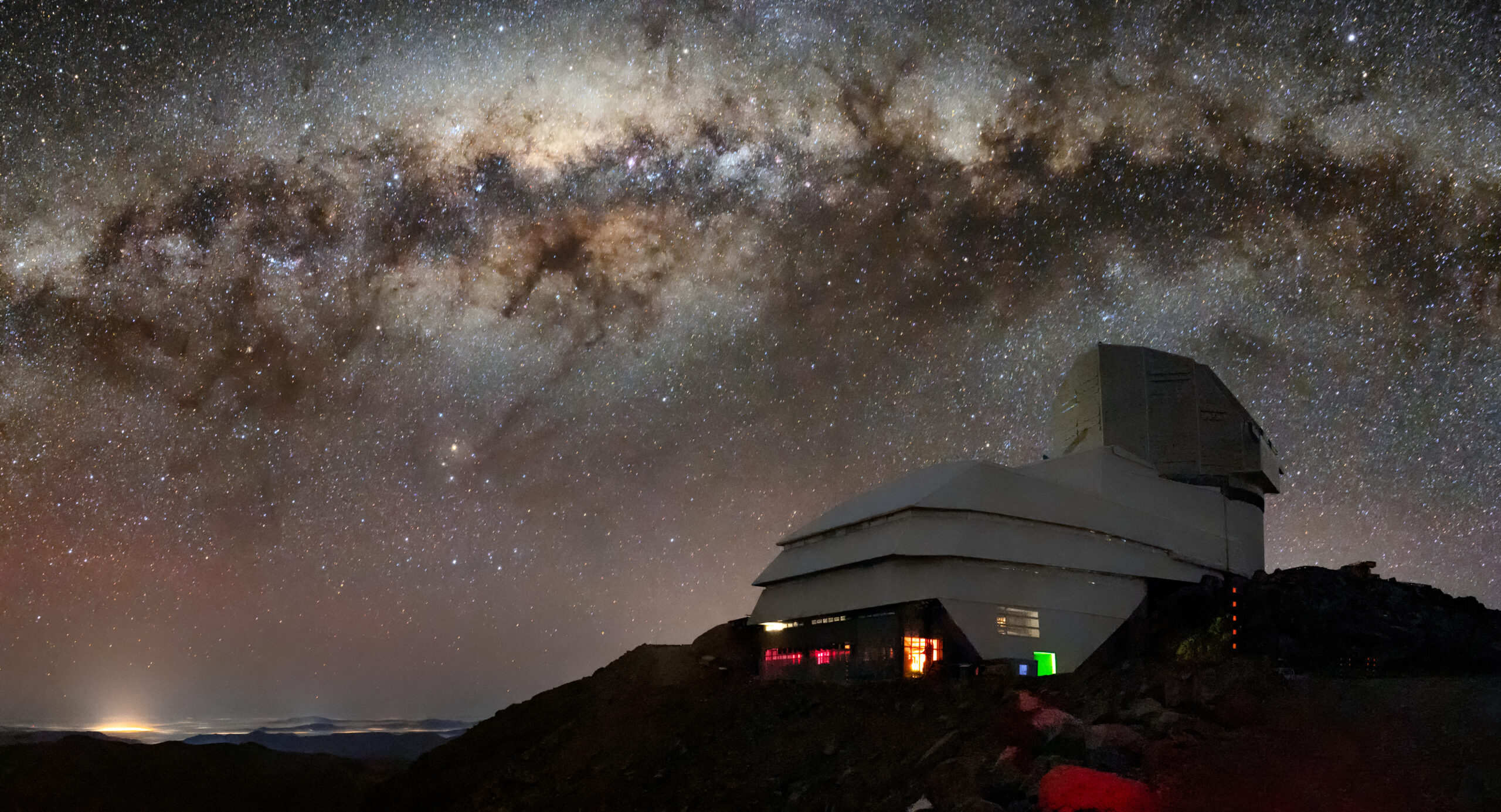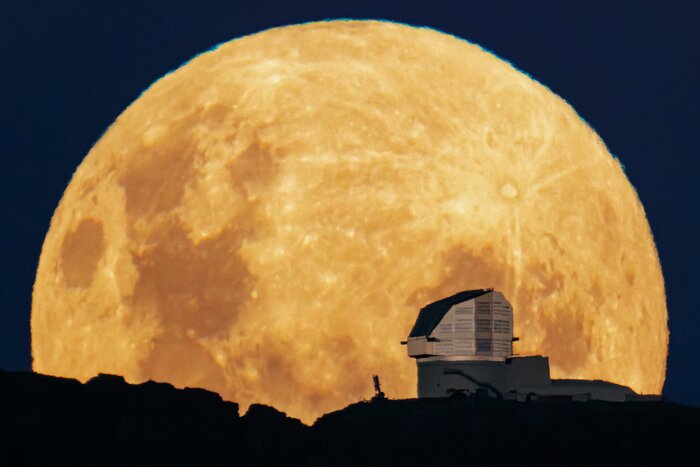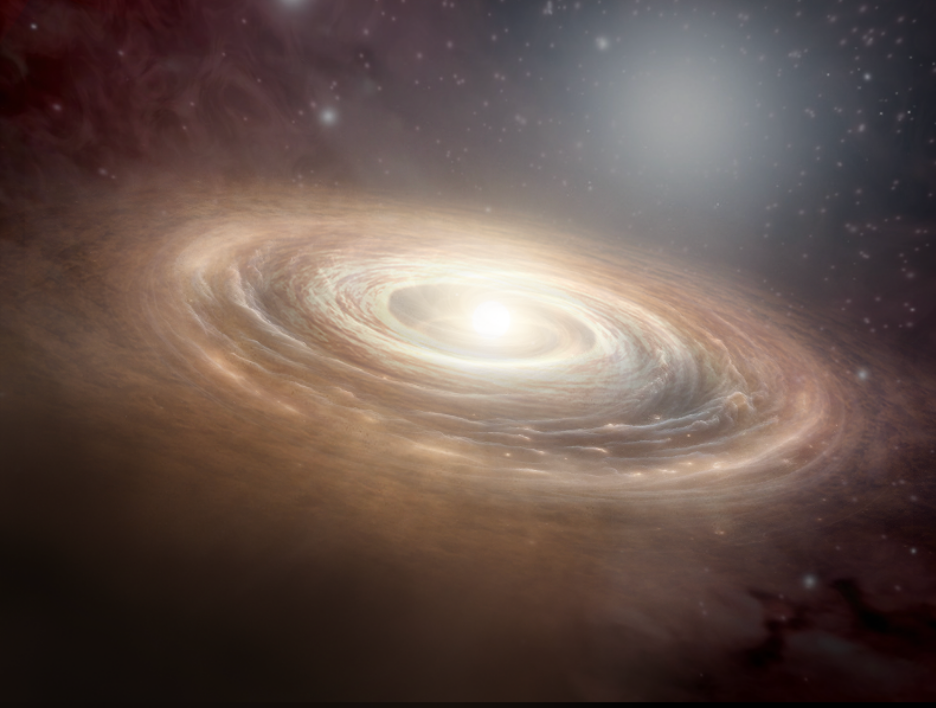
Black hole awakening “illuminates” research on its growth
For the first time, the "awakening" of a black hole was captured in real time. This event opens an attractive scenario for future research, where the Center for Astrophysics and Related Technologies - CATA, has a relevant participation with its professionals and technical support.
A group of researchers, after four years of studies, discovered the awakening of a black hole, a phenomenon that for the first time is captured in real time.
The team led by Claudio Ricci, a research associate at the Center for Astrophysics and Related Technologies (CATA), discovered in late 2019 that the galaxy known as SDSS1335+0728 began to shine more brightly than ever before, a phenomenon that has been increasing over time.
After several analyses, they determined that they were facing a new event in terms of study in this galaxy located 300 million light-years away, in the constellation of Virgo.
“As in the entire galaxy, we have these super-massive black holes, which can have a mass up to 10 billion times the mass of our Sun and are invisible. However, in some cases, these black holes can ‘eat’ material, such as gas and dust, from their surroundings, which allows them to emit a lot of energy. In this opportunity, we were able to observe the awakening of the massive black hole, which suddenly began to feast on the gas available in its surroundings, becoming very bright,” explains Ricci, also a researcher at the Universidad Diego Portales.
There are phenomena, such as supernova explosions or when a star gets too close to a black hole and tears itself apart, that can cause galaxies to suddenly light up. However, these variations last, at most, a few hundred days. In the case of SDSS1335+0728, after four years since its “turn-on” was first seen, it has increased in brightness.
The professional linked to CATA emphasizes that it is not a fortuitous fact because with the team, they have been looking for this type of phenomena using a broker called ALeRCE, which uses artificial intelligence algorithms. However, gathering information from this event puts them in an expectant situation.
According to Claudio Ricci, it is a very important area of study and will become even more so in the future. “We don’t know how those black holes manage to consume that material, since they have a very small gravitational influence on the galaxy. They control only their immediate surroundings with their gravitational force, so it is necessary for the material to reach the central part. With this discovery and this kind of work, what we are doing is to find out how black holes feed. We still don’t know what to expect, but I think we will have very interesting surprises. We will observe many phenomena that have never been seen before”.
CATA’s role
Following this discovery there will be exciting developments when the Vera Rubin Observatory, also known as LSST, comes into operation, which will observe the entire southern sky several times a week, revealing many strange phenomena.
Claudio Ricci also highlights the role of CATA in this process “The Center is very involved in this type of science. In particular, it has driven a major Chilean effort related to 4MOST, an instrument located at La Silla Observatory, which will observe a sample of active galactic nuclei (AGN) based on optical continuum variability and spectral energy distribution (SED) selection from several existing surveys, and will be complemented by the Rubin LSST”.
In addition, the ChANGES project (Chilean AGN/Galaxy Extragalactic Survey), in which CATA also participates, will observe new sources of energy identified by the observatory, making it possible to study in great detail several of these violent phenomena.
Recent news
-
 Publicado el: 18/07/2025New program between CATA and Media UC to explore the mysteries of the Universe with great guests
Publicado el: 18/07/2025New program between CATA and Media UC to explore the mysteries of the Universe with great guests -
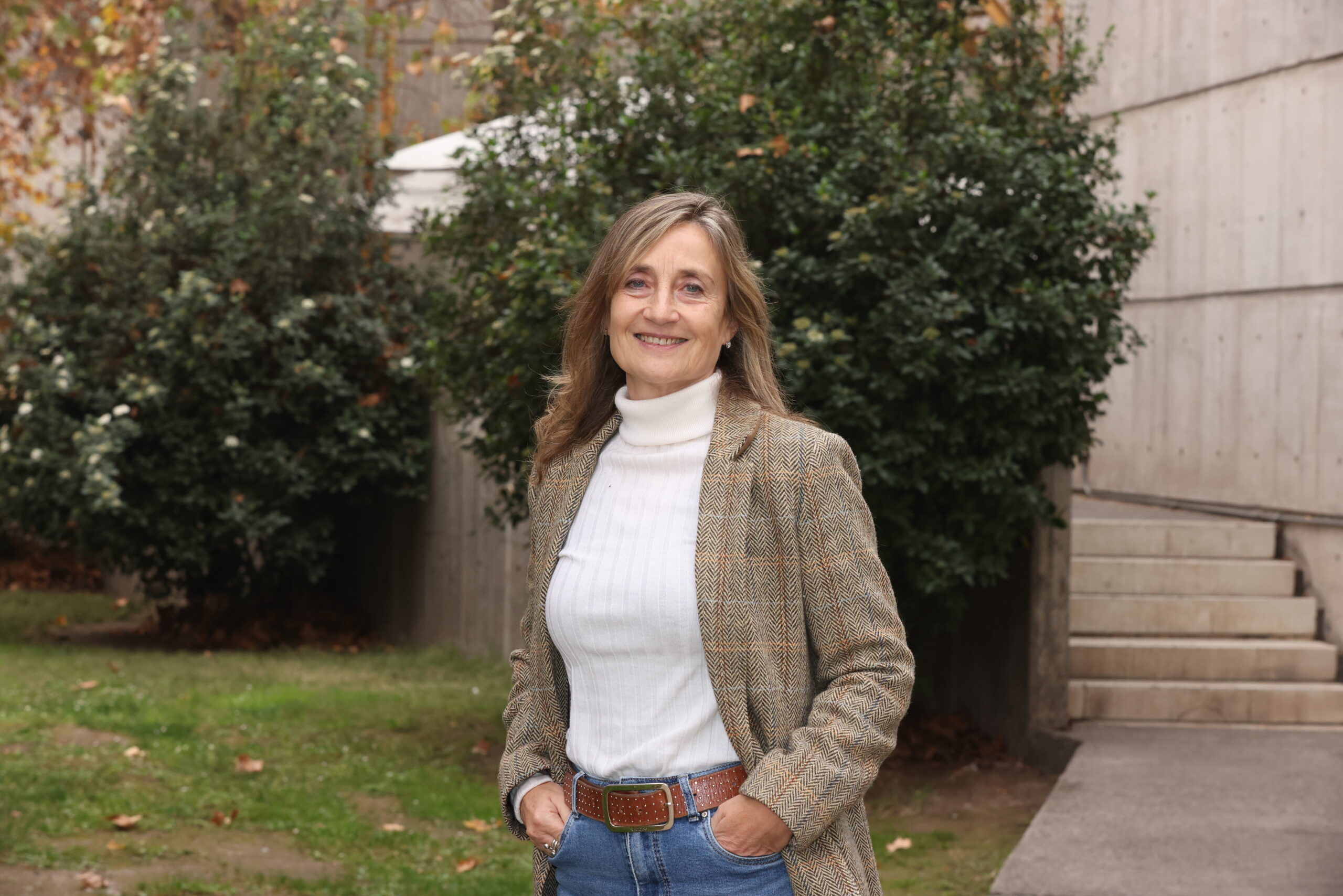 Publicado el: 09/07/2025Patricia Tissera is recognized as full professor by the Pontificia Universidad Católica de Chile
Publicado el: 09/07/2025Patricia Tissera is recognized as full professor by the Pontificia Universidad Católica de Chile -
 Publicado el: 04/07/2025CATA researchers among the best in Chile according to international ranking Research.com
Publicado el: 04/07/2025CATA researchers among the best in Chile according to international ranking Research.com -
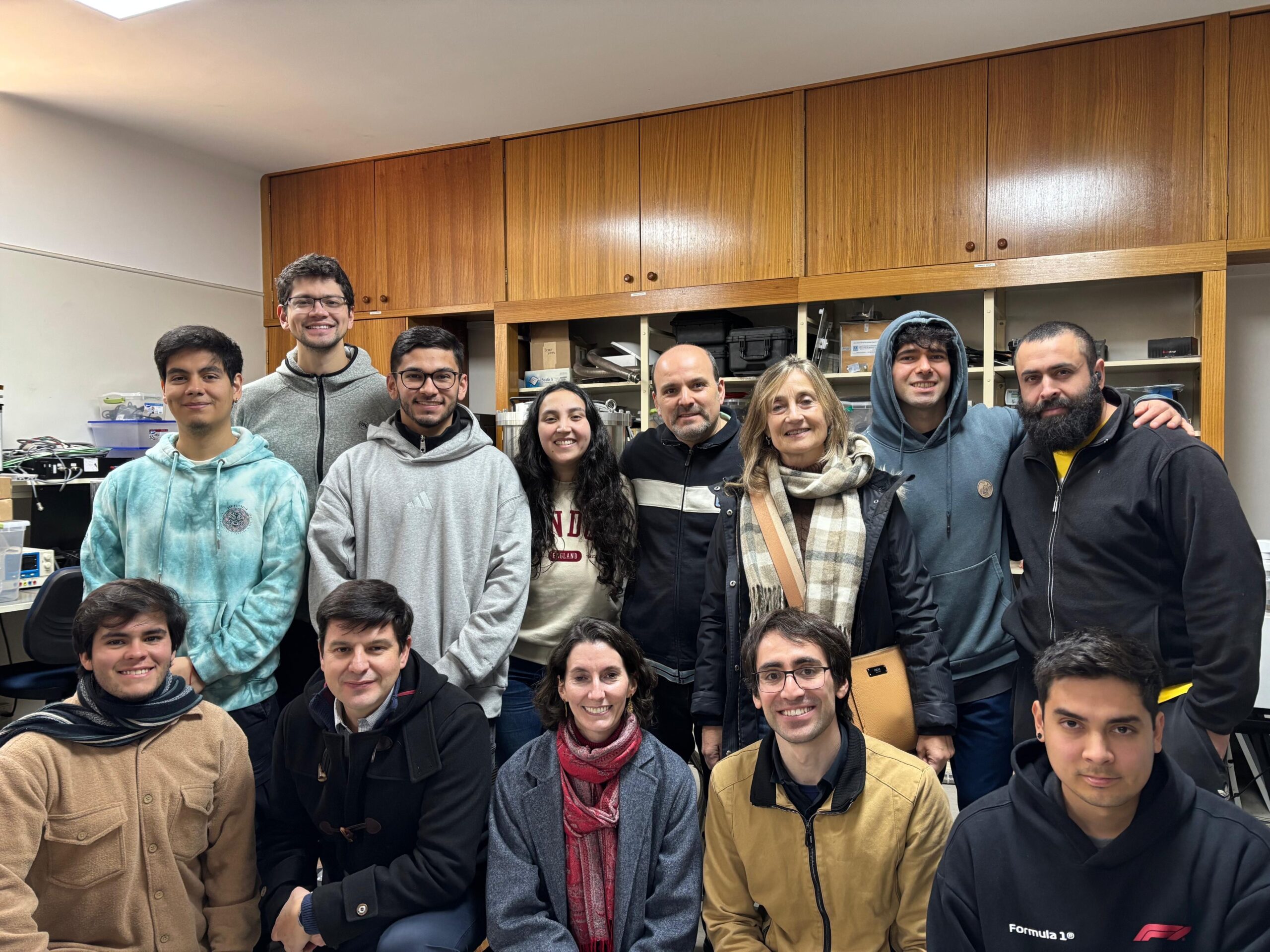 Publicado el: 30/06/2025CATA Director strengthens ties in her second institutional tour
Publicado el: 30/06/2025CATA Director strengthens ties in her second institutional tour -
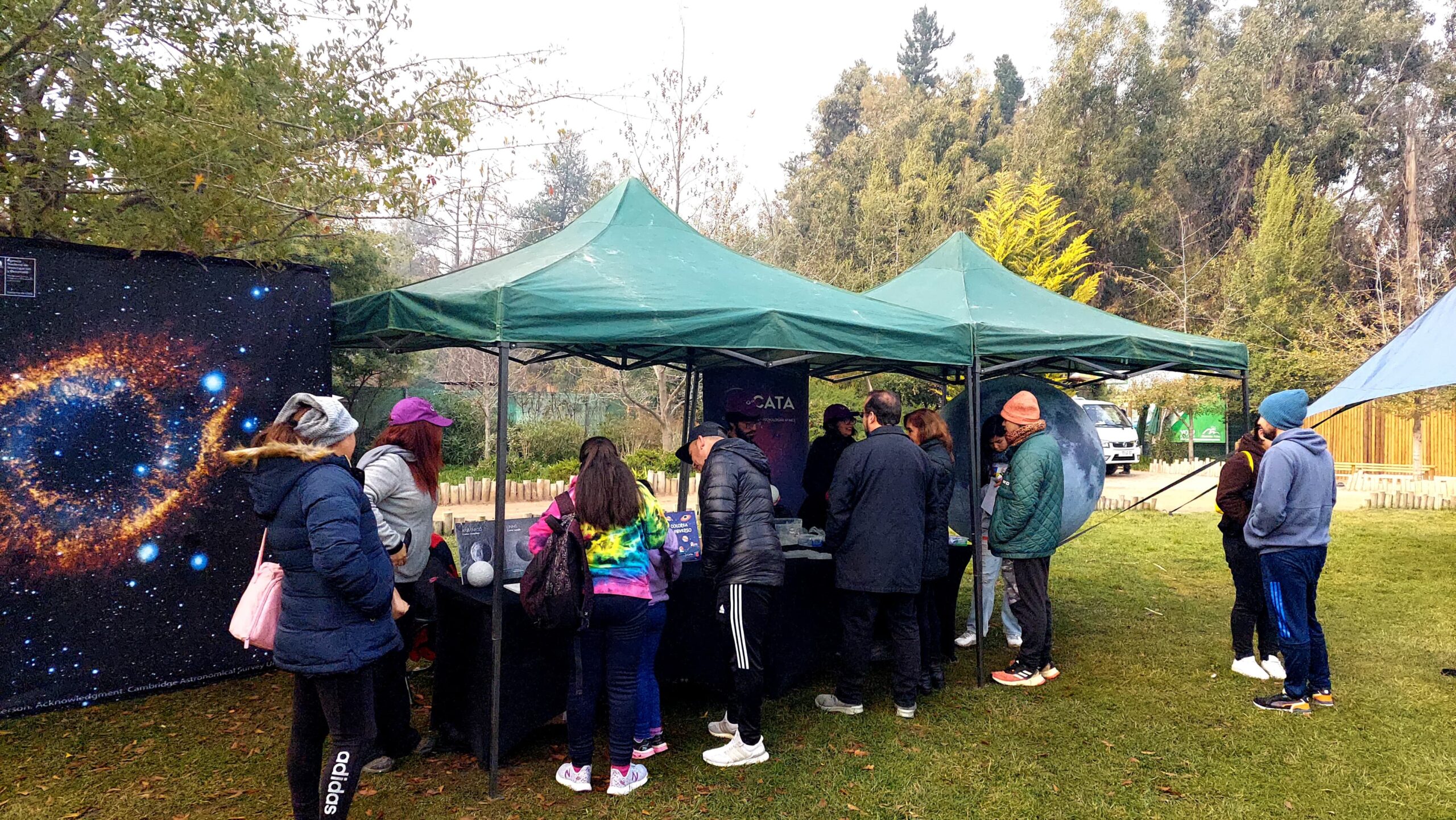 Publicado el: 30/06/2025CATA celebrated Asteroid Day 2025 at the Pueblito de Las Vizcachas Park
Publicado el: 30/06/2025CATA celebrated Asteroid Day 2025 at the Pueblito de Las Vizcachas Park
Categories list
- Acknowledgments 20
- Astrobiology 5
- AstroCluster 1
- Black holes 13
- Corporativo 50
- Cosmology 4
- Descubrimientos 19
- Disclosure 47
- Exoplanets 13
- Extension 4
- Galaxies 17
- Galaxies formation 2
- Inter y Transdisciplina 2
- Local Universe 13
- Publications 5
- Sin categorizar 31
- Solar System 11
- Stellar formation 6
- Technology 9
- Technology Transfer 12
